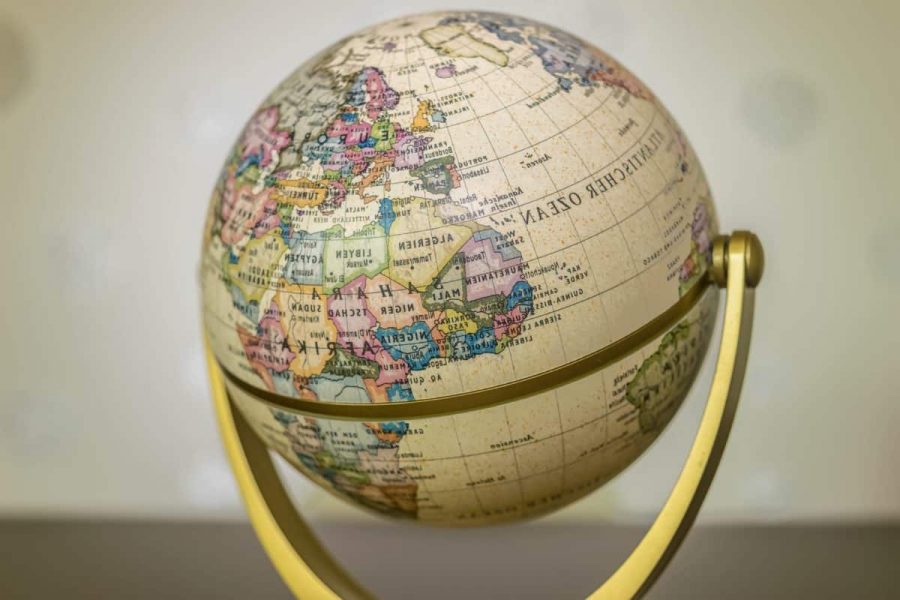Geography education is vital
A globe is commonly used in classrooms to teach geography.
December 18, 2019
When most people hear the term “geography,” they immediately think of the maps and rotating globes collecting dust in the back of classrooms. However, geography encompasses much more than just the physical locations of countries and bodies of water. Obtaining geographic knowledge through social studies classes is essential in creating citizens who are able to understand our world’s complex cultural and environmental relationships and take action against major issues today, including climate change, energy dependence, war and regional conflicts, globalization, and international terrorism.
With the burgeoning popularity of global positioning system devices and the proliferation of maps available, Americans have been lacking in their geographic knowledge. In the most recent National Geographic/Roper Poll, half the 18-24-year-old Americans surveyed could not locate New York on a map of the United States, nearly 6 in 10 could not locate Ohio, Iraq or Saudi Arabia, and seven out of ten could not locate North Korea. These are simple map location questions, suggesting how much Americans might not know about the economic, political, cultural, or military importance of these areas.
Different cultures all over the world are influenced by where they are located. Geography creates awareness in the importance of cultural diversity—area differences in language, race, religion, and politics—and generally explains how and why people live the way they do. When American citizens appreciate cultural diversity, many issues and problems between communities and countries can be addressed in a positive and tolerant manner.
In addition, globalization has been one of the biggest forces in world history for decades, with people interacting more often with families, companies, and governments around the world. The saying “it’s a small world” reflects this change: the world is as big as it always was, but it’s just more interconnected than ever. Understanding the changes that have swept the world as a result of this interconnection, like increased trade and technology, is impossible without appreciating the geography on which it is taking place.
Geography not only puts current events in perspective but also helps to understand the course of world history. For instance, one would have a better understanding of World War II if they properly learned the roles of the continental Russian Winter or the English Channel that helped the British spread their power. With decisions about wars and conquests also greatly influenced by various geographical factors, geography and history go hand-in-hand in studying the past.
Geography has been called “the mother of all sciences,” as it was one of the first fields of study and academic disciplines developed as humans sought to find out what was on the other side of the mountain or across the sea. Even today, everyone’s lives are interwoven with geography, from their daily travels to the news they read about global issues. Ultimately, stressing geography in the educational room will not only strengthen spatial awareness and navigation skills, but will also provide a means to comprehend the rapidly changing physical and cultural environments of the world, and thus, prepare everyone to be better global citizens.



